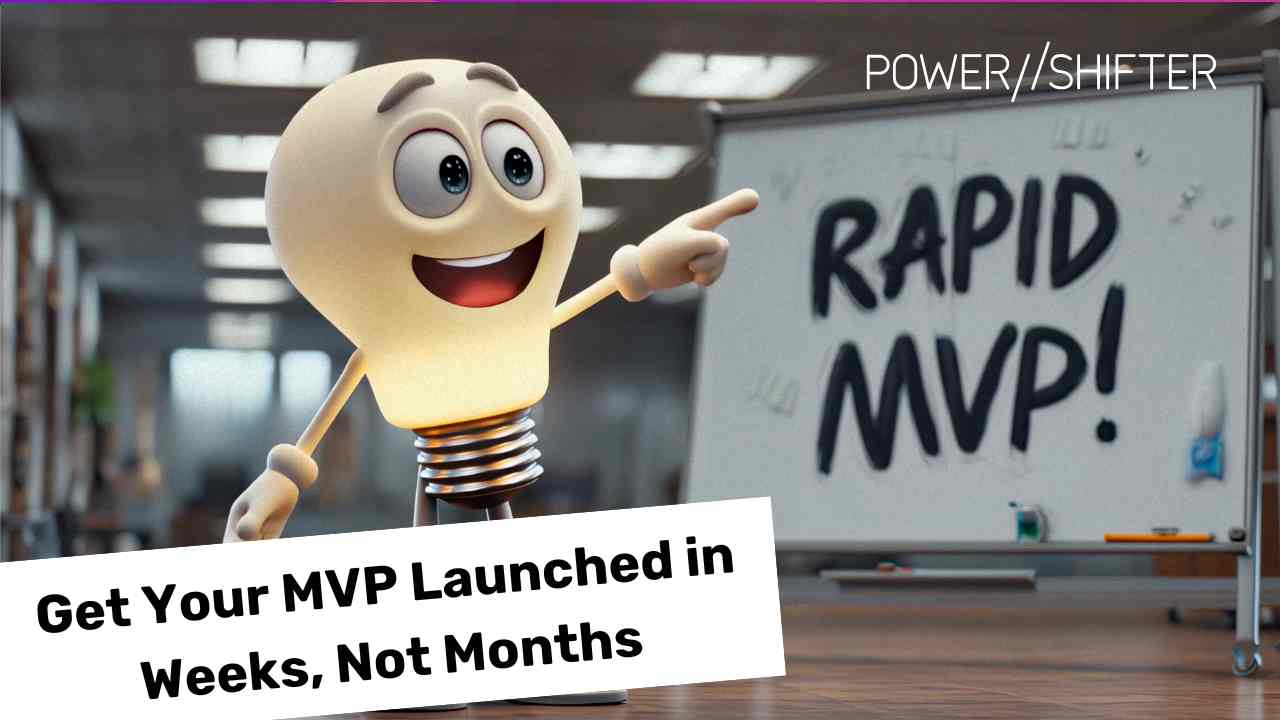Optimizing Content Delivery with API-Driven Architecture in Headless CMS
As businesses continue to expand their digital presence across various platforms, the importance of efficient content delivery has never been greater. In a headless CMS environment, where the frontend and backend are decoupled, APIs play a crucial role in ensuring that content is delivered quickly and accurately to the right channels.
However, while APIs offer unparalleled flexibility, they can also introduce new challenges if not properly managed. In this post, we’ll explore how to optimize content delivery using API-driven architecture in headless CMS platforms like Contentful and Sanity, ensuring that your content reaches its audience efficiently and without hiccups.
Understanding API-Driven Architecture
At the heart of any headless CMS is the API (Application Programming Interface). An API acts as a bridge between your content repository and various front-end platforms, enabling content to be fetched and displayed dynamically. This architecture allows you to manage your content centrally and distribute it across multiple channels—websites, mobile apps, digital signage, and more.
APIs in a headless CMS are typically RESTful, meaning they adhere to a set of constraints that make them scalable and easy to interact with. Content is stored as structured data in the CMS and is retrieved by API calls made by the frontend. This process allows for the rapid delivery of content tailored to the needs of each specific platform.
The Importance of API Optimization
While APIs provide the flexibility needed to deliver content across different platforms, they can also become a bottleneck if not optimized. Poorly managed APIs can lead to slow load times, increased server costs, and a frustrating user experience—negatively impacting your SEO and overall digital strategy.
Tips for Optimizing API-Driven Content Delivery
1. Implement Caching Strategies: Caching is one of the most effective ways to reduce the load on your API and speed up content delivery. By storing a version of frequently requested content closer to the user (for example, through a CDN), you can minimize the need to make repeated API calls. This not only improves performance but also reduces the strain on your servers.
2. Use Pagination and Query Optimization: When dealing with large datasets, it’s important to avoid returning unnecessary data in your API responses. Implement pagination to break down large datasets into manageable chunks, and optimize your queries to fetch only the data you need. This reduces the amount of data transferred and speeds up the response time.
3. Monitor API Performance: Regular monitoring of your API’s performance is crucial to maintaining an efficient content delivery system. Use monitoring tools to track API response times, error rates, and usage patterns. This data will help you identify bottlenecks and areas for improvement, ensuring that your API continues to perform well under varying loads.
4. Leverage Content Delivery Networks (CDNs): A CDN is a network of servers distributed globally that deliver content to users based on their geographic location. By integrating a CDN with your headless CMS, you can ensure that your content is delivered quickly to users regardless of where they are in the world. CDNs work particularly well with API-driven architectures by caching API responses and serving them to users with minimal latency.
5. Secure Your API: Security is a critical aspect of API management. Ensure that your APIs are protected against unauthorized access and vulnerabilities by implementing authentication, encryption, and rate limiting. This not only protects your data but also ensures that your API remains available and performant.
6. Optimize for Mobile: Given the increasing importance of mobile, it’s essential to ensure that your API is optimized for mobile devices. This includes minimizing data payloads, reducing the number of API calls needed to render a page, and ensuring that your API can handle intermittent network connections effectively.
Real-World Example: Optimizing with Contentful and Sanity
Both Contentful and Sanity offer robust APIs designed for high performance and flexibility. For example, Contentful’s API allows for powerful querying with GraphQL, enabling developers to fetch only the data they need in a single request. Sanity, on the other hand, provides real-time content updates via its GROQ query language, which is optimized for speed and efficiency.
By leveraging the built-in tools and best practices provided by these platforms, you can ensure that your content delivery is not only fast and reliable but also scalable as your digital presence grows.
Want to ensure your API-driven content delivery is optimized for success? Download our free ebook for an in-depth guide on mastering headless CMS with Contentful and Sanity.
<<Chapter 2: Common Pitfalls in Migrating to Headless CMS
Chapter 4: Structuring Your Content for Maximum Flexibility>>



















